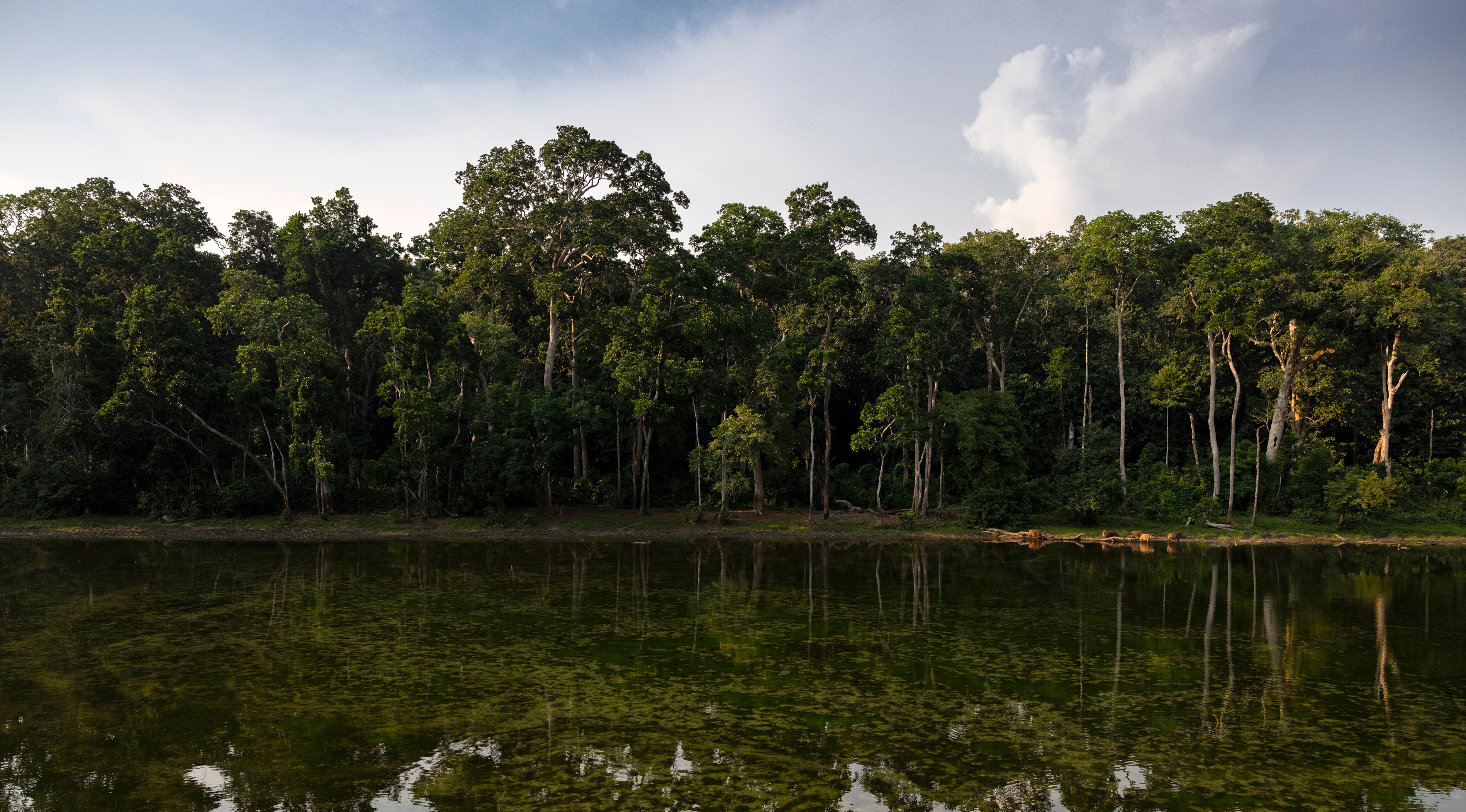ROME
,
October 7, 2022
(press release)
–
FAO publishes Global forest sector outlook 2050 Wood is renewable, recyclable, climate friendly and versatile and is increasingly being used to replace non-renewable materials ©FAO/Brent Stirton/Getty Images for FAO, CIFOR, CIRAD, WCS Overall consumption of primary processed wood products is expected to grow 37 percent by 2050 in a business-as-usual scenario, a report published today by the Food and Agriculture Organization of the United Nations (FAO) said. Consumption of primary processed wood products – sawnwood, veneer/plywood, particle/fibreboard and wood pulp – is predicted to total 3.1 billion cubic metres of roundwood equivalents – a measure of logs used in the making of wood-based products – by 2050, according to The global forest sector outlook 2050: Assessing future demand and sources of timber for a sustainable economy. The increase in consumption will be at least 8 percent higher in a bioeconomy scenario when two modern wood products are considered – mass timber and manmade cellulose fibres – substituting non-renewable materials. In a scenario of a more accelerated transition to the bioeconomy with a stronger participation of these two products, the rise in consumption of primary wood products could reach 23 percent more than in the business-as-usual scenario. Renewable and climate friendly Wood is renewable, recyclable, climate friendly and versatile and is increasingly being used to replace non-renewable materials. It is a critical material to the efforts to address the global threats to climate, biodiversity and environment caused by the excessive use of non-renewable materials, the report said. Mass timber and engineered wood products in construction, man-made cellulose fibre for textile production, and more modern forms of wood for energy are the most prominent wood products for large-scale substitution of non-renewable materials. “The forest sector is critical for resilient and sustainable economies. Ensuring the sustainability of the forest sector will require innovation and investments, but also policy coherence,” said Ewald Rametsteiner, Deputy Director of FAO’s Forestry Division. Jointly produced by FAO, the International Tropical Timber Organization (ITTO) and the consultancy Unique land use GmbH, the report was launched during the 26th Session of the Committee on Forestry and is relevant to Sustainable Development Goals 12 and 15. It combines the results of a long-term outlook for the forest sector to 2050 with an assessment of wood demand in a sustainable economic environment. Growing demand and its impact on the forestry sector The growth in consumption of wood products – compared to the projected 25 percent rise in population – “will be driven by higher incomes in emerging world regions resulting in catch-up effects for consumer goods (e.g. paper, packaging, clothing and furniture) and in more construction sector activities,” the report said. Meeting future demand for sustainable wood may be achieved by a combination of increased sustainable production in naturally regenerated temperate and boreal forests and in planted forests increasingly in the global South, the report said. But estimates of the concrete contribution of forest types and regions to global timber supply in 2050 are highly uncertain, it added. This demand will need to be met by increasing productivity through sustainable forest management in existing forests, and encouraging wood production as part of land restoration programmes and projects. If naturally regenerated forest production remains stable, the planting of at least 33 million hectares of new forests will be needed, the report said. Investments Investments required to maintain and expand industrial roundwood production may require a total of around $40 billion per annum by 2050, according to The global forest sector outlook 2050. Another $25 billion per annum investment in modernization and in establishing industries may be required. Total employment in the forest sector in 2019 was estimated to be 33.3 million formal and informal employees. The report’s medium estimate suggests employment in 2050 will be in the range of the 2019 figures. In future, employment might even decline. The labour requirements of future wood industries will be more sophisticated, and ensuring a sufficient number of well-trained personnel will require solid education and training. Up to 1 million new jobs, many of them in developing countries, could be created by growing the market for wood as a replacement for non-renewable materials. Wood for energy Future wood energy consumption up to 2050 will be shaped by two major trends: the traditional use of fuelwood in the two most rapidly growing world regions of sub-Saharan Africa and Southern Asia and the projected role of modern biomass to generate renewable energy. Global consumption of fuelwood from forests in 2050 may be between 2.1 billion and 2.7 billion cubic metres, the report said in its medium outlook, compared to 1.9 billion cubic metres in 2020, a rise of between 11 and 42 percent. Wood will also increasingly be part of the renewable energy mix in the industrial world. In some regions and contexts restoration efforts for fuel wood may be needed to meet this demand. In 2020, there were still 2.3 billion people relying on wood fuel as their primary source of energy for cooking and heating. Wood fuel will remain the main energy source for many households in emerging economies until 2050, but many scenarios suggest consumption growth rates will slow down. “Ensuring access to sustainable wood fuel to private consumers who rely on this source due to economic reasons is a public responsibility comparable to supplying electricity or water,” said Thais Linhares-Juvenal, Team Leader of Sustainable Forestry, Value Chains, Innovation and Investment in FAO’s Forestry Division.
More on this topic
* All content is copyrighted by Industry Intelligence, or the original respective author or source. You may not recirculate, redistrubte or publish the analysis and presentation included in the service without Industry Intelligence's prior written consent. Please review our terms of use.




